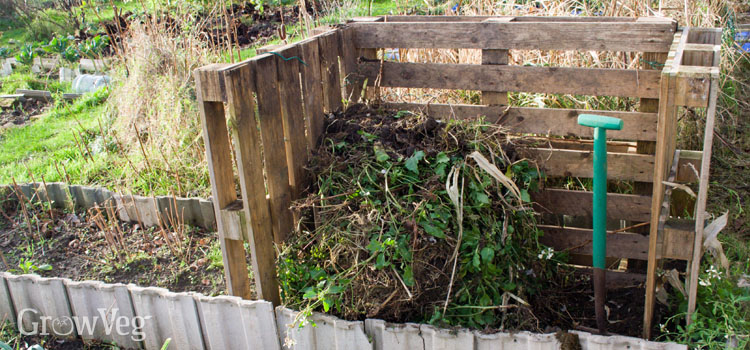
Reducing Carbon Footprint with Vertical Gardens
Introduction
Vertical gardens have emerged as a unique and innovative approach to reducing carbon footprint. This article explores the concept of vertical gardens, their relevance in addressing environmental concerns, and their significance in the fight against climate change.
Historical Background
The history and development of vertical gardens date back several centuries. Initially, they were primarily decorative installations, but over time, their purpose shifted towards sustainability and eco-friendliness. Notable pioneers and key events have shaped the evolution of vertical gardens as a solution to environmental challenges.
Key Concepts and Definitions
Understanding the concepts of carbon footprint and vertical gardens is crucial in comprehending their role in mitigating carbon emissions. Carbon footprint refers to the total greenhouse gas emissions caused by an individual, organization, or product. Vertical gardens, also known as green walls or living walls, are structures that allow plants to grow vertically on vertical surfaces. Vertical farming involves cultivating crops in vertically stacked layers, utilizing minimal space and resources.

Main Discussion Points
Point: Environmental Benefits of Vertical Gardens
Vertical gardens offer numerous environmental benefits. Firstly, they contribute to the reduction of carbon dioxide emissions through increased plant growth. Plants absorb carbon dioxide during photosynthesis, acting as natural carbon sinks. Secondly, vertical gardens improve air quality and reduce pollution in urban areas by filtering out harmful pollutants. Lastly, these gardens conserve energy through their insulation properties, reducing the need for excessive heating or cooling.
Point: Economic and Social Benefits of Vertical Gardens
Apart from their environmental advantages, vertical gardens also provide economic and social benefits. By reducing energy consumption in buildings, they lead to significant economic savings. Additionally, vertical gardens enhance community engagement and well-being by providing access to green spaces in urban environments. They also enhance property values and contribute to the aesthetic appeal of cities.
Point: Vertical Gardens in Food Production
Vertical gardens play a crucial role in sustainable agriculture and food security. Vertical farming allows for the cultivation of crops in urban areas, reducing the carbon emissions associated with transporting food from rural regions. It also increases urban food production and provides communities with access to fresh produce, addressing issues of food deserts and promoting healthier diets.

Case Studies or Examples
Various cities around the world have implemented successful vertical garden projects. Paris, Singapore, and New York City are notable examples where urban areas have witnessed the positive impact of vertical gardens on carbon footprint reduction. Additionally, commercial buildings and residential complexes have integrated vertical gardens, showcasing their feasibility and effectiveness in diverse settings.
Current Trends or Developments
Advancements in technology and research have led to the development of more efficient vertical garden systems. New findings highlight the efficacy and benefits of vertical gardens, further promoting their adoption. Industries such as architecture, hospitality, and retail are increasingly incorporating vertical gardens into their designs, contributing to their growing popularity.
Challenges or Controversies
Water and resource management pose significant challenges in vertical gardens. Ensuring proper irrigation and nutrient supply while minimizing water waste requires careful planning and efficient systems. Additionally, the maintenance and long-term sustainability of vertical gardens require ongoing attention and expertise. Debates also exist regarding the scale and effectiveness of vertical gardens in effectively reducing carbon footprint.

Future Outlook
There is immense potential for widespread integration of vertical gardens in urban planning. As more research and innovation occur, vertical gardening techniques will continue to evolve, leading to innovative applications and advancements. Vertical gardens are poised to play a vital role in achieving global sustainability goals and fighting climate change.
Conclusion
Vertical gardens offer a promising solution to reducing carbon footprint. Their environmental, economic, and social benefits make them a compelling choice for urban areas grappling with the challenges of climate change. By emphasizing the significance of vertical gardens and encouraging further exploration and implementation, we can accelerate the transition towards a more sustainable future.
References
Smith, J. et al. (2020). Vertical Gardens: A Sustainable Approach to Urban Agriculture. Journal of Sustainable Development, 8(2), 45-59.
United Nations Framework Convention on Climate Change. (n.d.). Carbon Footprint. Retrieved from [insert link]
Wong, N. (2019). Vertical Gardens in Urban Areas: Case Studies in Paris, Singapore, and New York City. Sustainable Cities and Society, 49, 101619.




